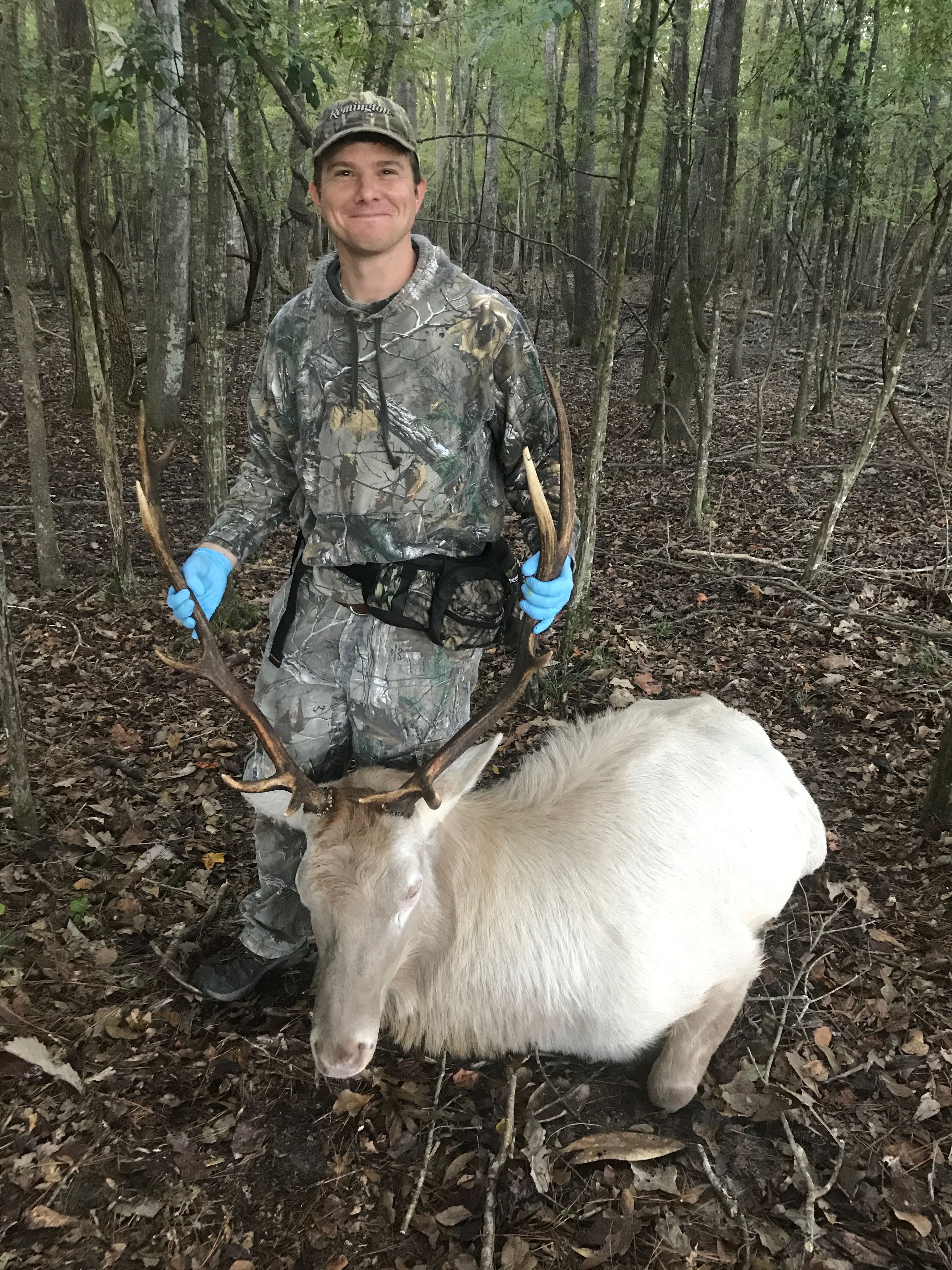
BLACKBURN, DINH, ORANGE – Evidence of Epizootic Hemorrhagic Disease Virus and Bluetongue Virus Exposure in Nonnative Ruminant Species in Northern Florida
Jeremy P. Orange, Emily T.N. Dinh, Olivia Goodfriend, Scott B. Citino, Samantha M. Wisely, Jason K. Blackburn
Article first published online: 12 JAN 2021 Journal of Zoo and Wildlife Medicine
DOI: 10.1638/2019-0174
ABSTRACT: Epizootic hemorrhagic disease virus (EHDV) and bluetongue virus (BTV) are vector-borne viruses of ruminants nearly worldwide. They can affect white-tailed deer (WTD; Odocoileus virginianus), the ranching industry, and nonindigenous hoof stock species managed for conservation. One potential risk factor for ranched WTD is commingling with nonindigenous species on high-fenced properties. Nonindigenous species provide novel viewing and hunting opportunities; however, their presence may create disease hazards. Furthermore, animals within conservation properties may be at a risk from commingling exotics and adjacent wild WTD. Currently, knowledge about EHDV and BTV seroprevalence and transmission is limited in nonindigenous populations in the southeastern United States. The authors conducted a serological survey of 10 Bovidae and 5 Cervidae species residing within two properties in northern Florida. The first site was a conservation property breeding threatened nonindigenous species for conservation. The second property was a private high-fenced game preserve managing WTD and nonindigenous species for breeding, sale, and harvest. Blood samples were tested for titers to three EHDV serotypes (1, 2, and 6) and active circulating viral EHDV and BTV. The private ranch had evidence of EHDV or BTV in one of three (33.3%) Bovidae species and four of five (80%) Cervidae species sampled. At the conservation property, evidence of EHDV infection was found in four of seven (57.1%) Bovidae and one of one (100%) Cervidae species sampled. The presence of antibodies in many nonindigenous species sampled might indicate these species are potential viral hosts and may be a risk to ranched WTD and other species within the same property. Nonindigenous species within the private ranch and conservation properties are at risk of contracting EHDV and BTV, and herd managers should reduce vector–host interactions and consider increased biosecurity measures when translocating animals.
Read the full publication at Journal of Zoo and Wildlife Medicine.